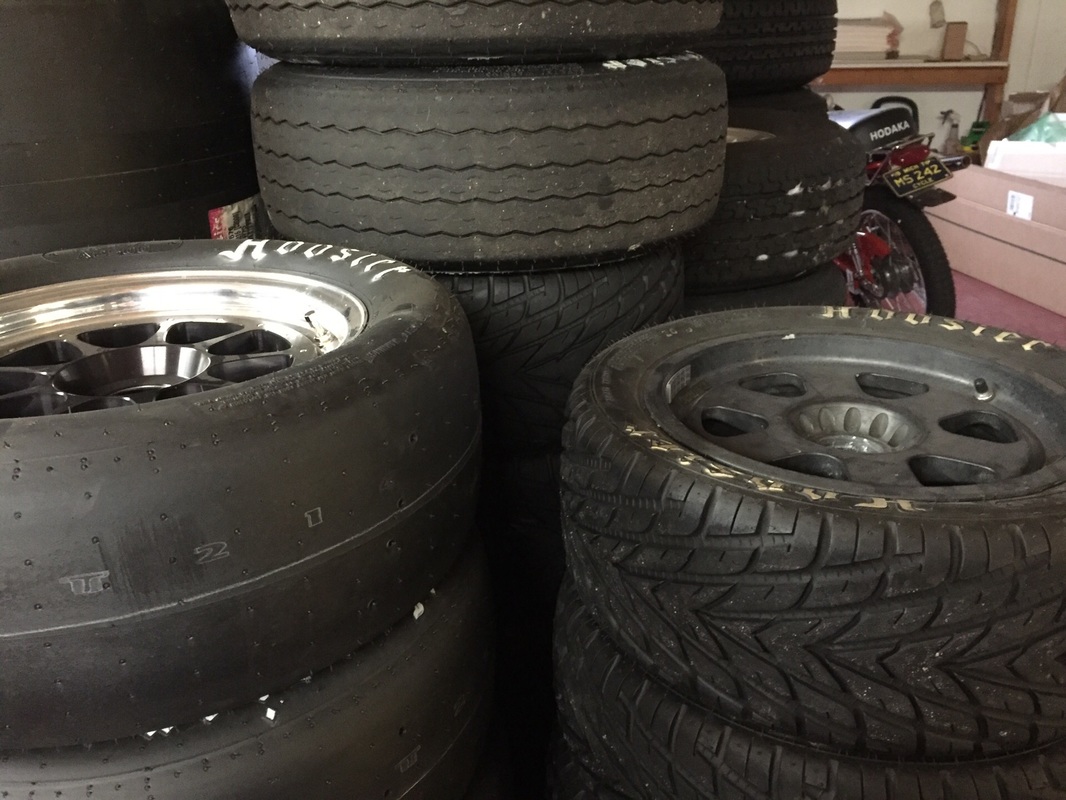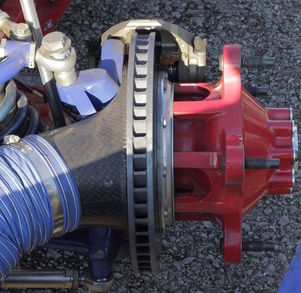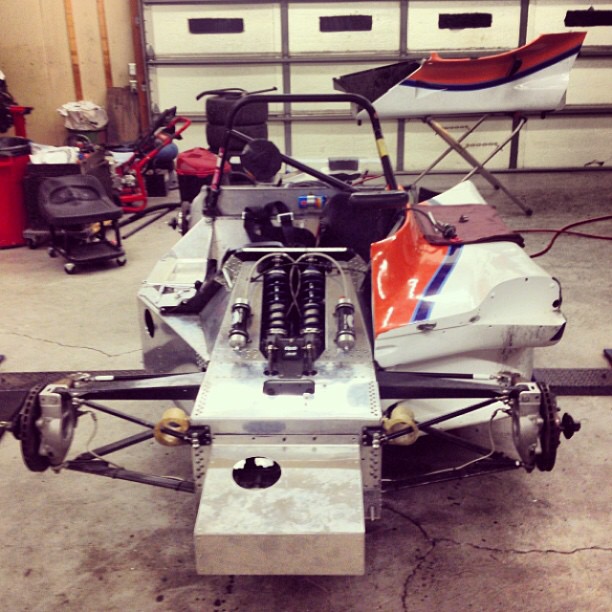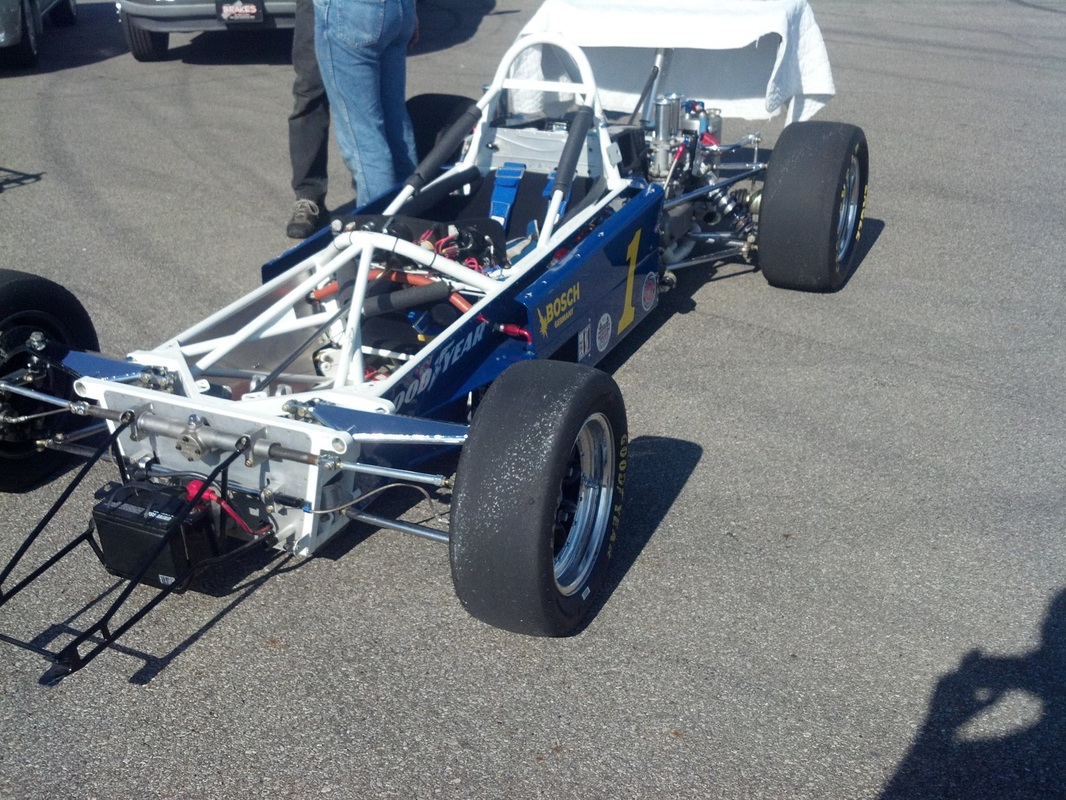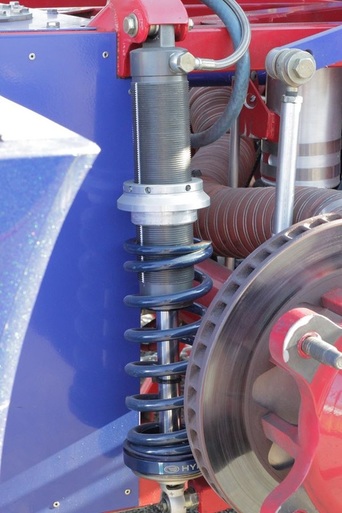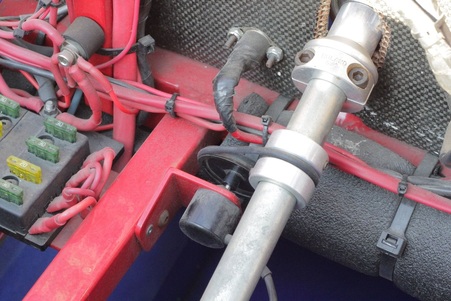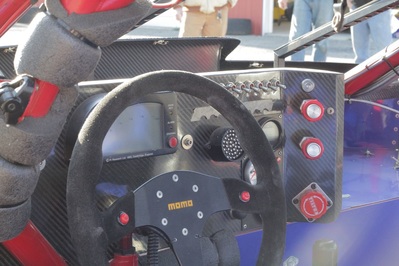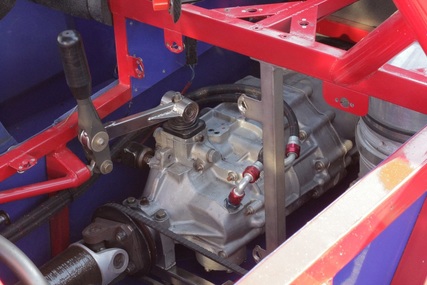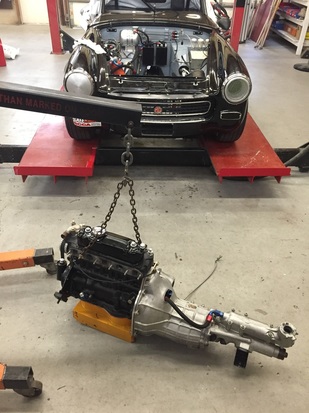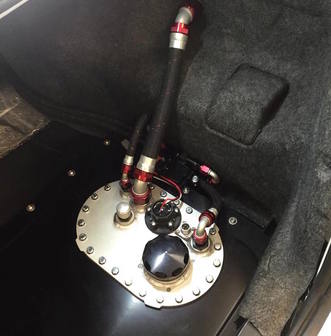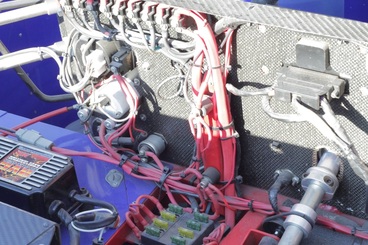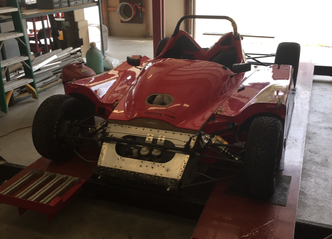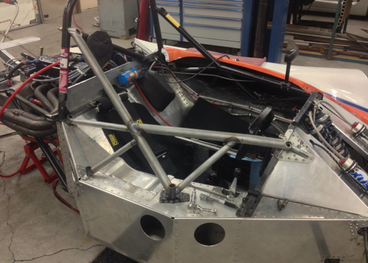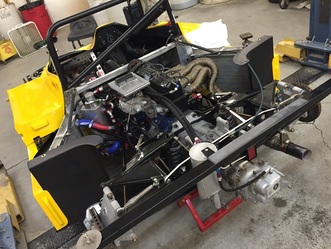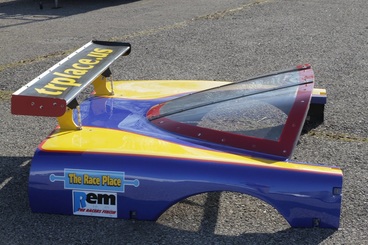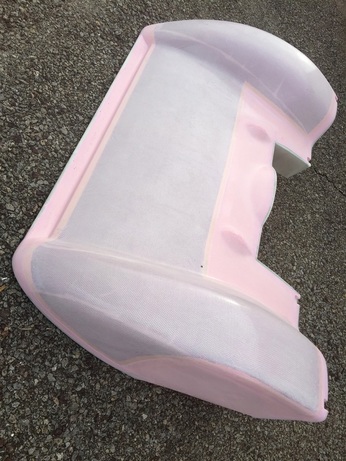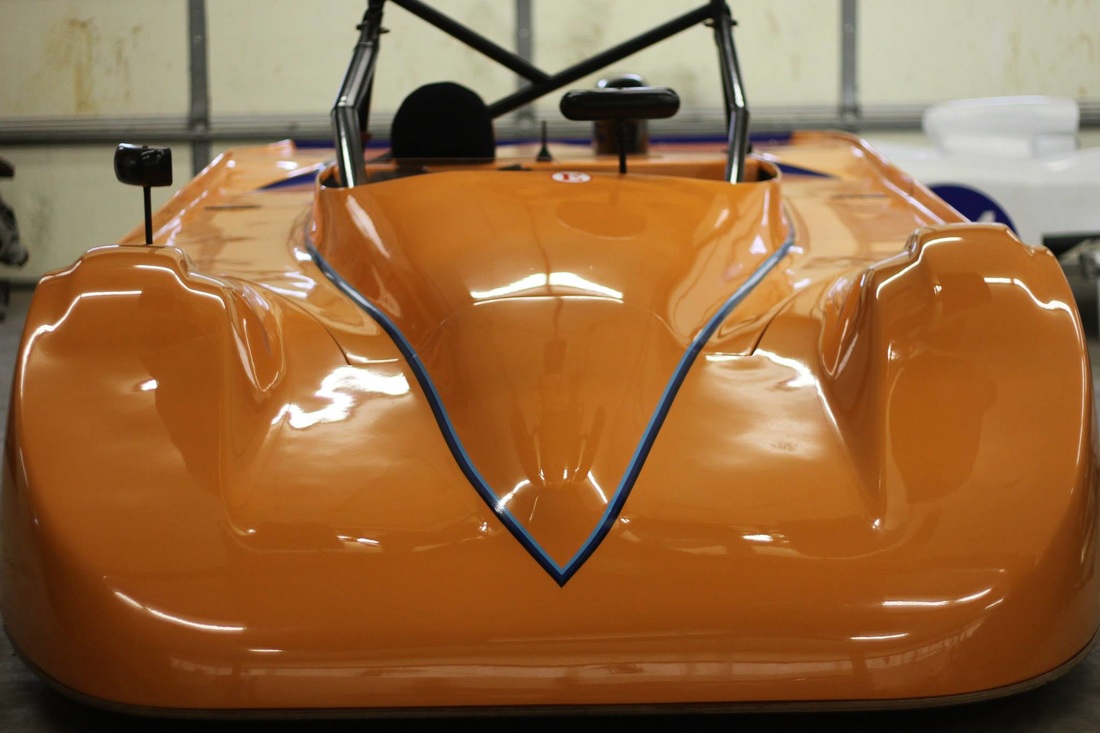Race Car Design
A good Race car design will bring together every aspect of car including the tires, wheels, hub, rotor, bearings, suspension, chassis, frame, tires, suspension, steering and brakes. At the end of the weekend, design is about best use of available resources, whether money, time, material, manufacturing techniques or engineering analysis tools.
|
6. Driver Cockpit
|
|
8. Engine placement and mountingThere are so many good reasons to design a car with an engine in the front, which is probably why it's the simplest and most common layout. But when complexity is an asset -- such as in high-performance cars -- auto engineers do have other options. Engine placement tends to correspond to how the rest of the car is configured -- specifically, which wheels drive the car.
Determined torque handling for chassis and mounting positions
|
|
There are quite a few more. The point however, is that the more you understand about the car you want designed, the more you will consider as we design it with you.
You will notice that the suspension is first in the design areas, then the engine, cockpit, electrical, and safety concerns are addressed. Finally, the chassis is designed around the requirements created before it. Each aspect listed above can be thought of as requiring you to consider every other aspect further down in the list. So, to select the tires and wheels, you must consider the entire car's dynamic requirements right through to aerodynamic shape.
Two final words of advice.
Combine the two, and you will understand what needs to be where in your car, and how strong everything needs to be to hold out for that chequered flag!
You will notice that the suspension is first in the design areas, then the engine, cockpit, electrical, and safety concerns are addressed. Finally, the chassis is designed around the requirements created before it. Each aspect listed above can be thought of as requiring you to consider every other aspect further down in the list. So, to select the tires and wheels, you must consider the entire car's dynamic requirements right through to aerodynamic shape.
Two final words of advice.
- First, know the properties and parameters of what you want designed by consulting racers in your intended class.
- Second, understand the fundamental workings and physics affecting your race car.
Combine the two, and you will understand what needs to be where in your car, and how strong everything needs to be to hold out for that chequered flag!

Aspects of this page adapted from ...

